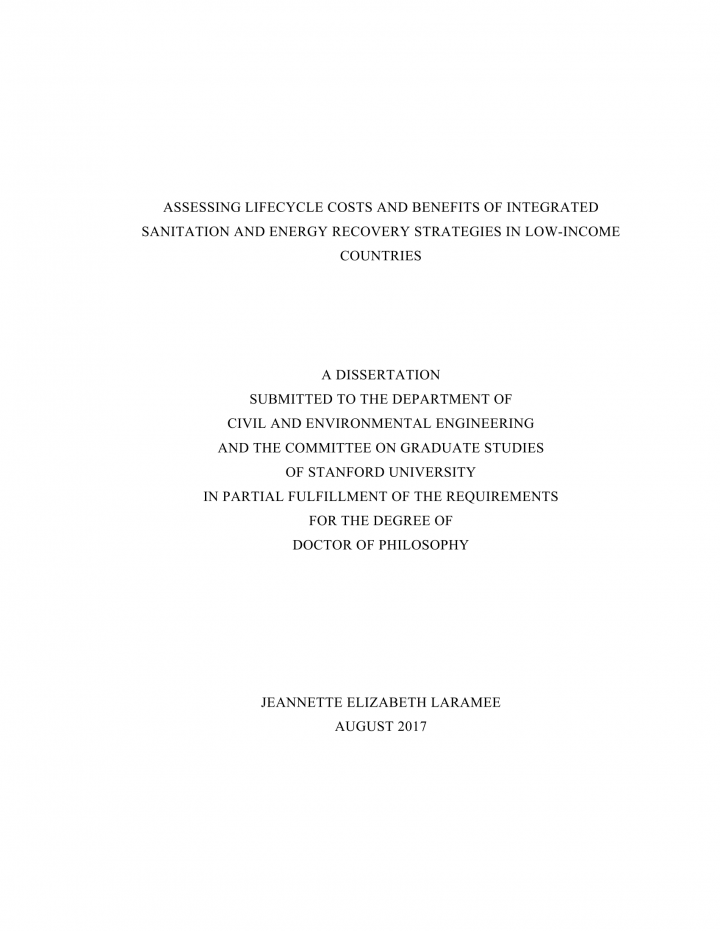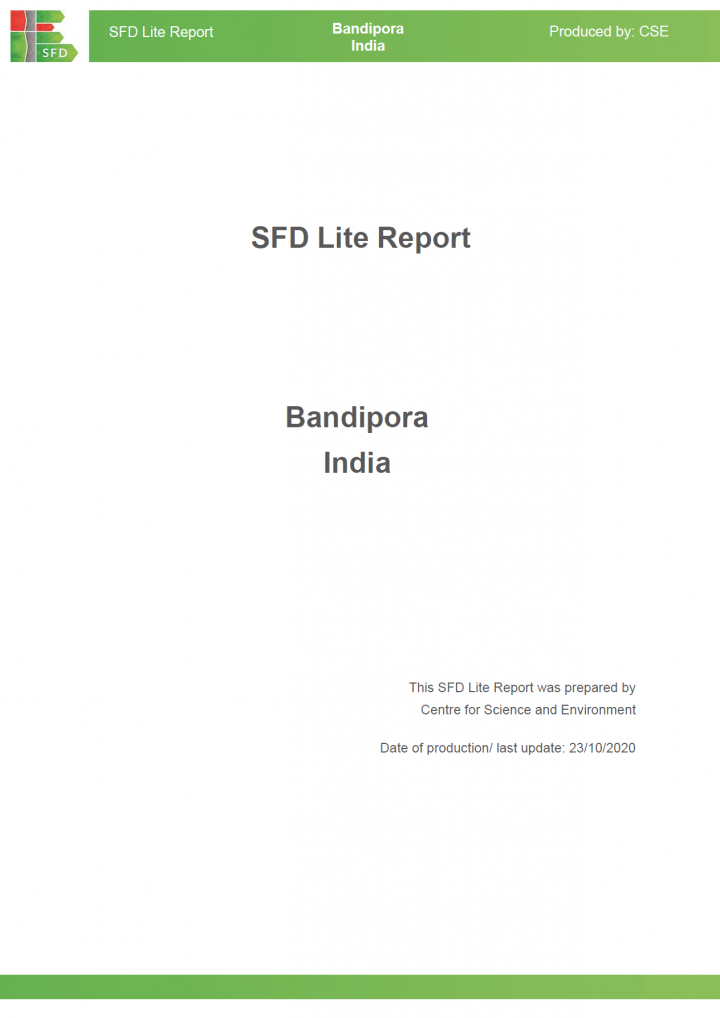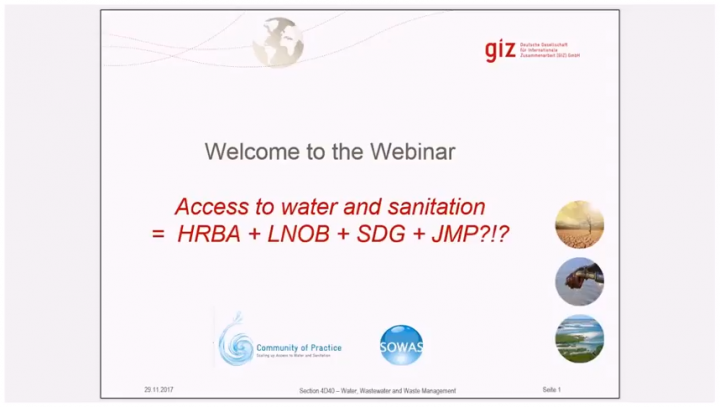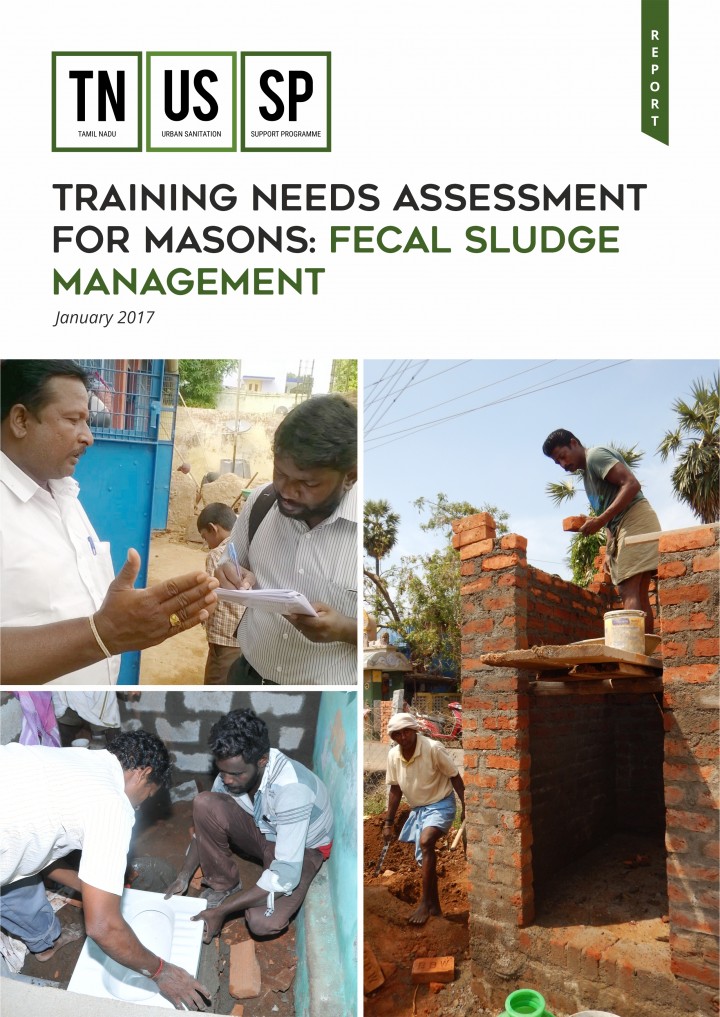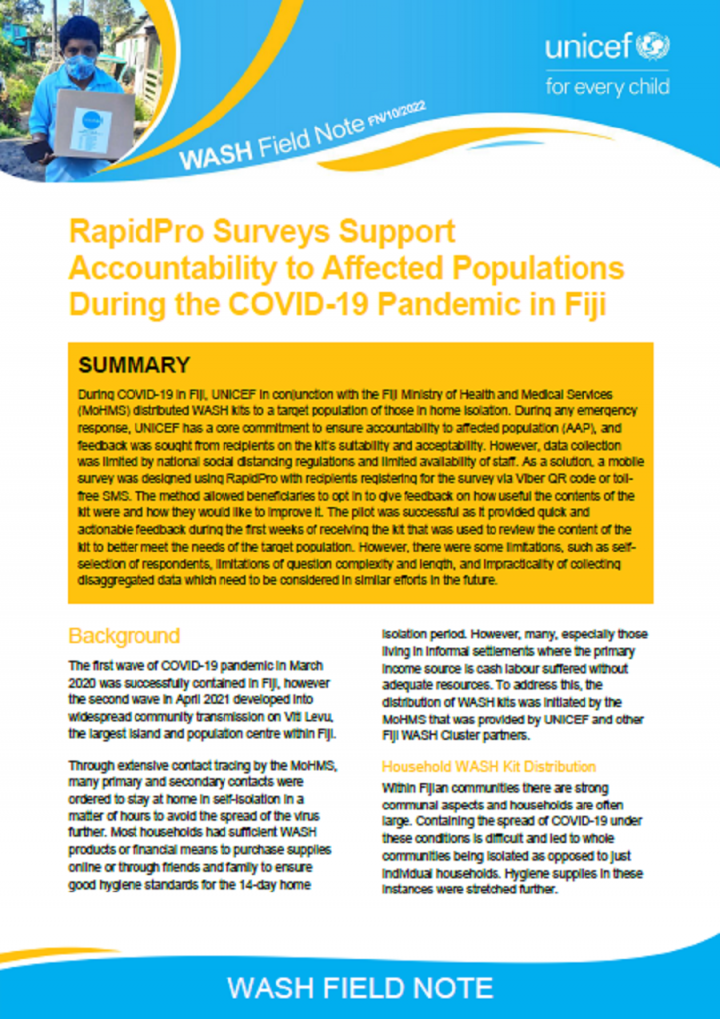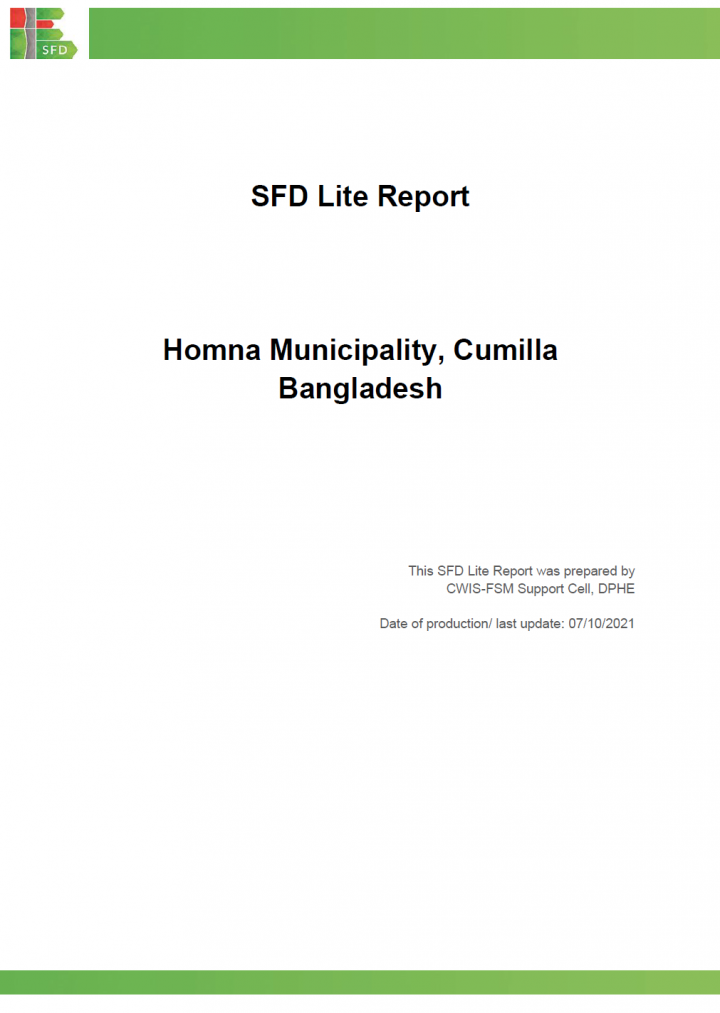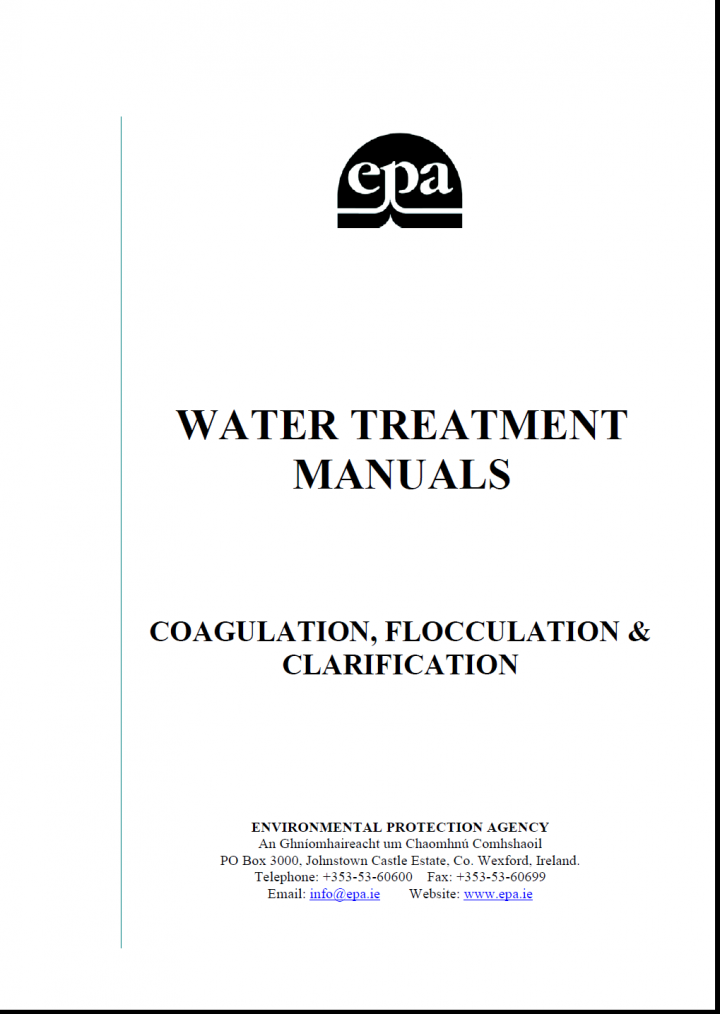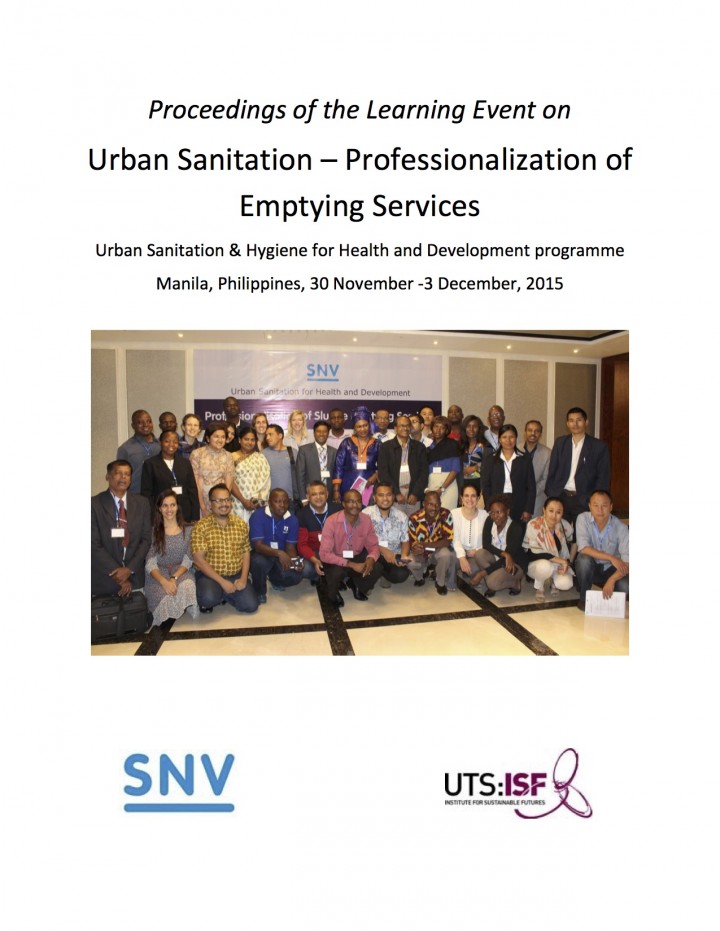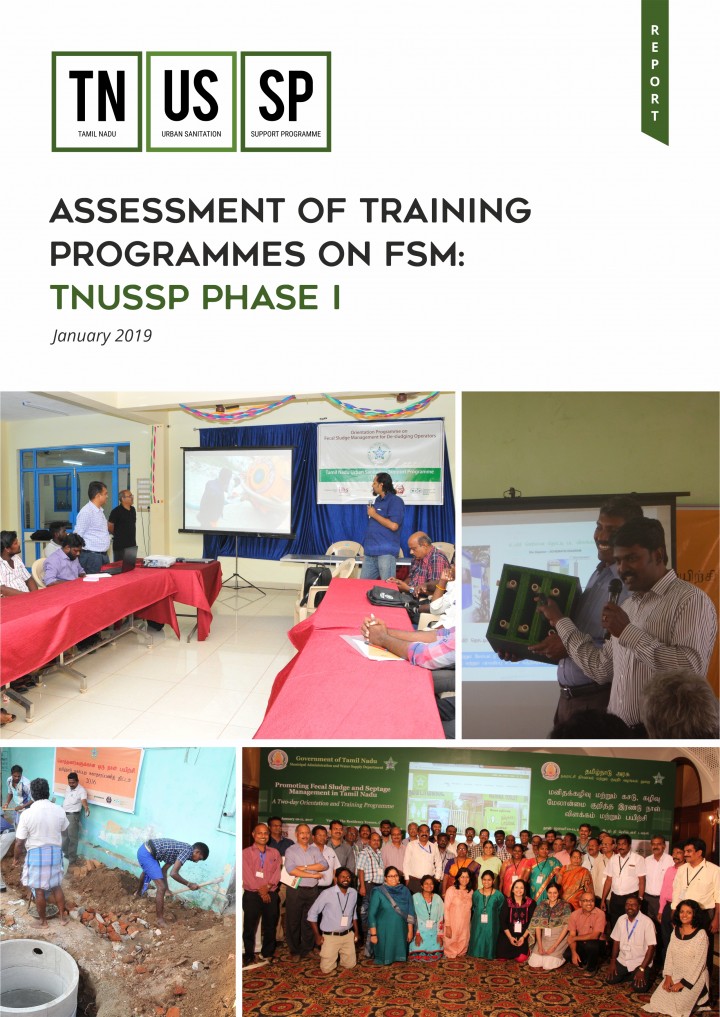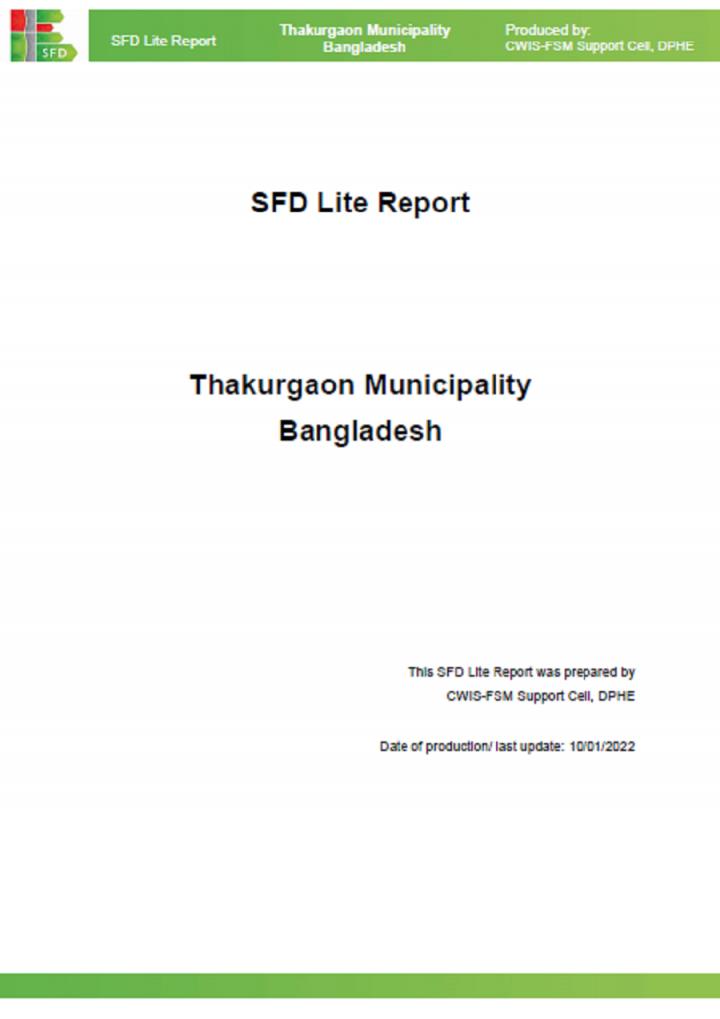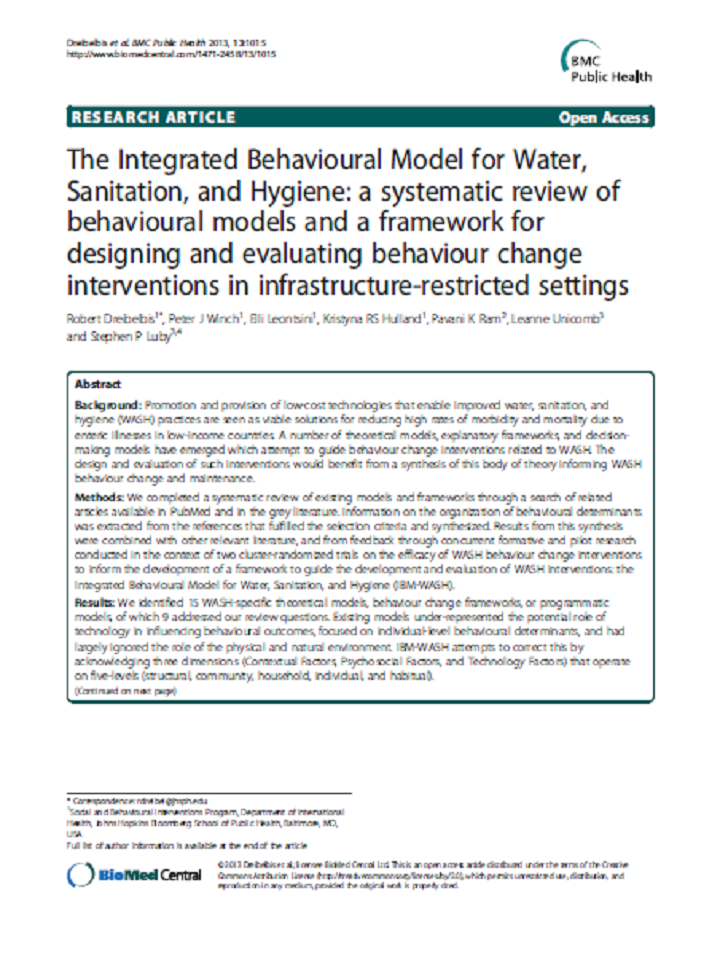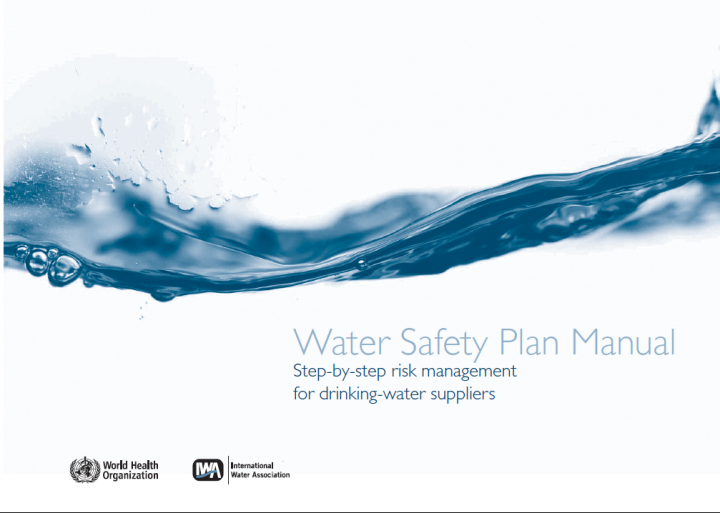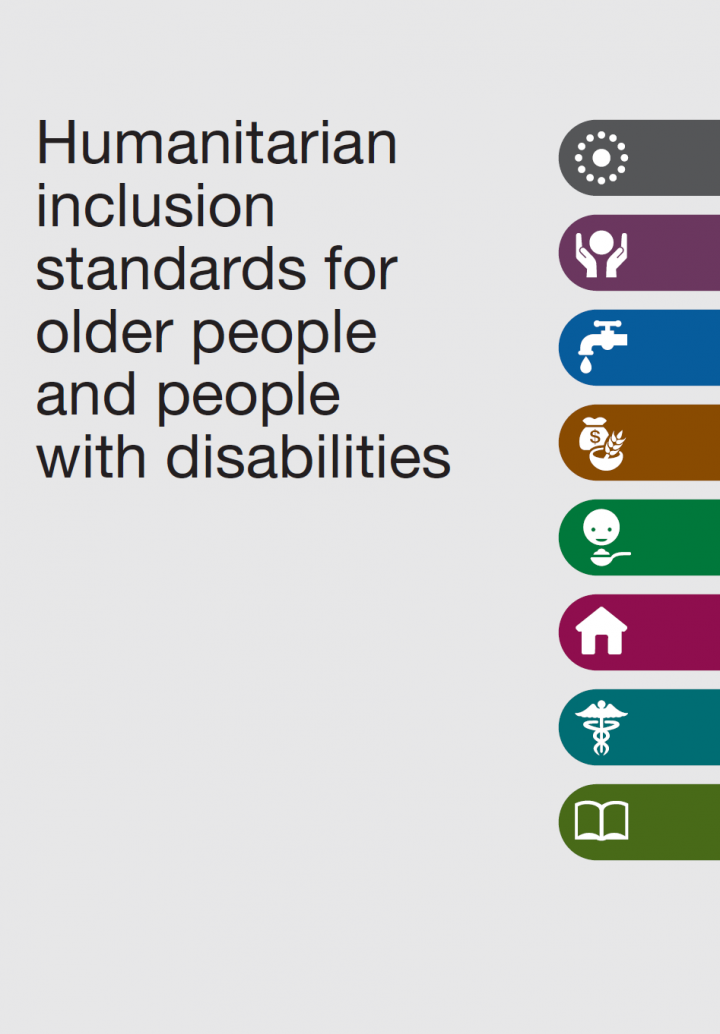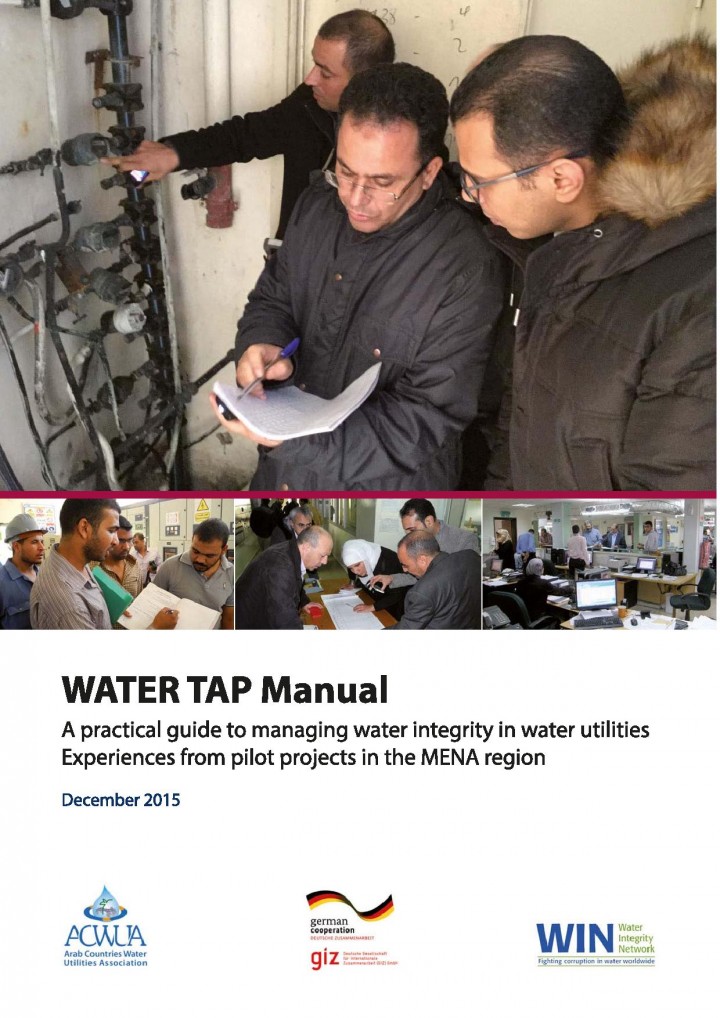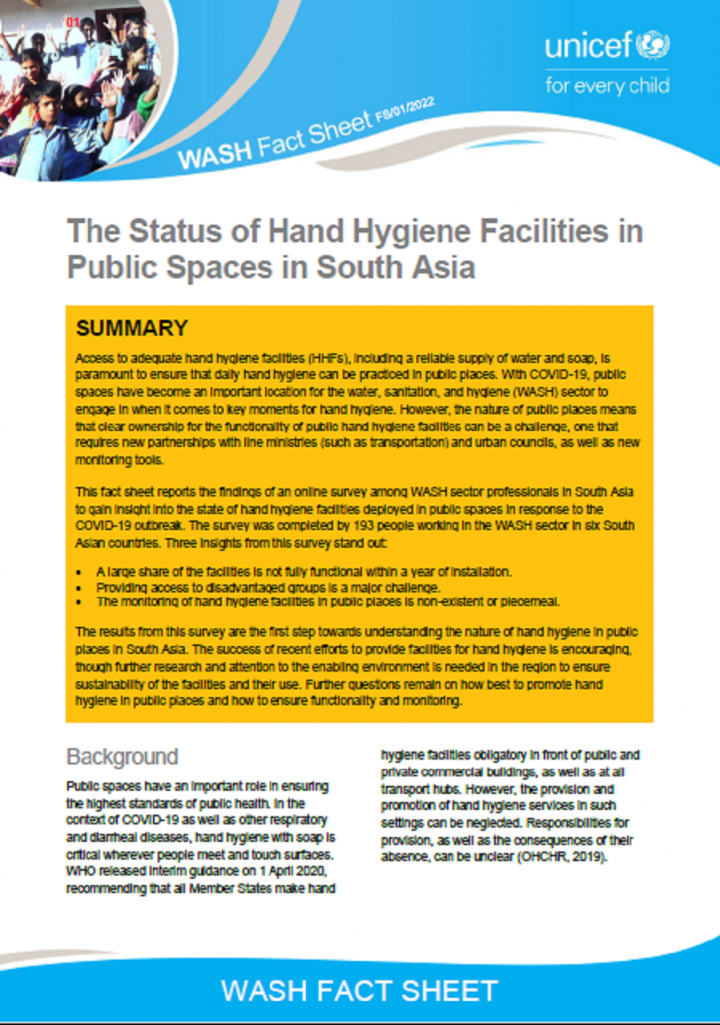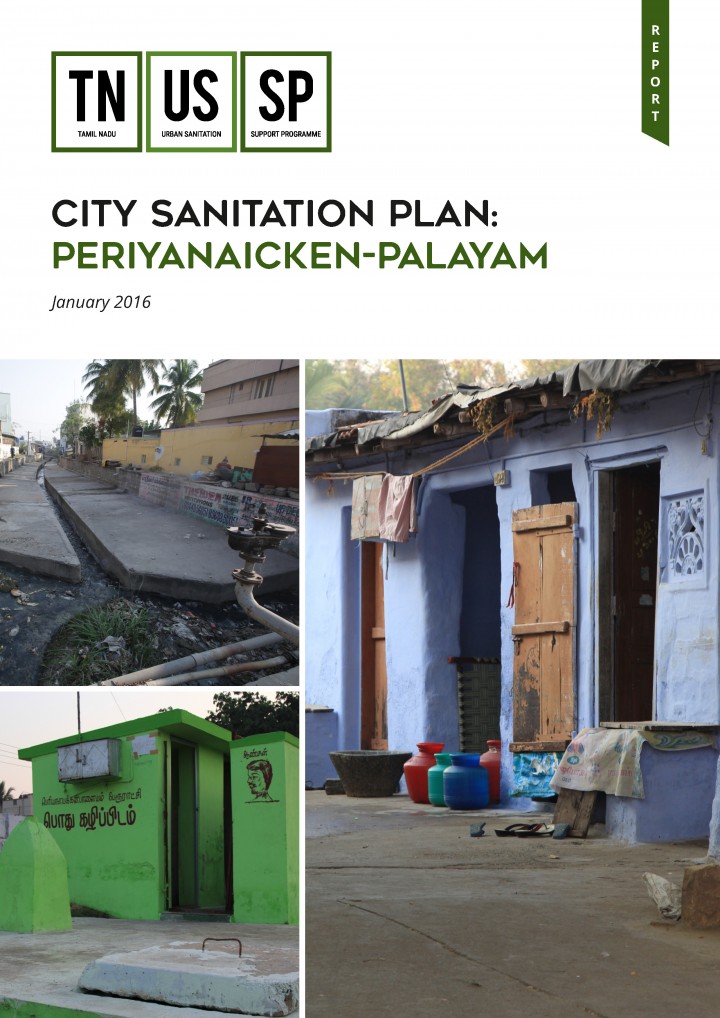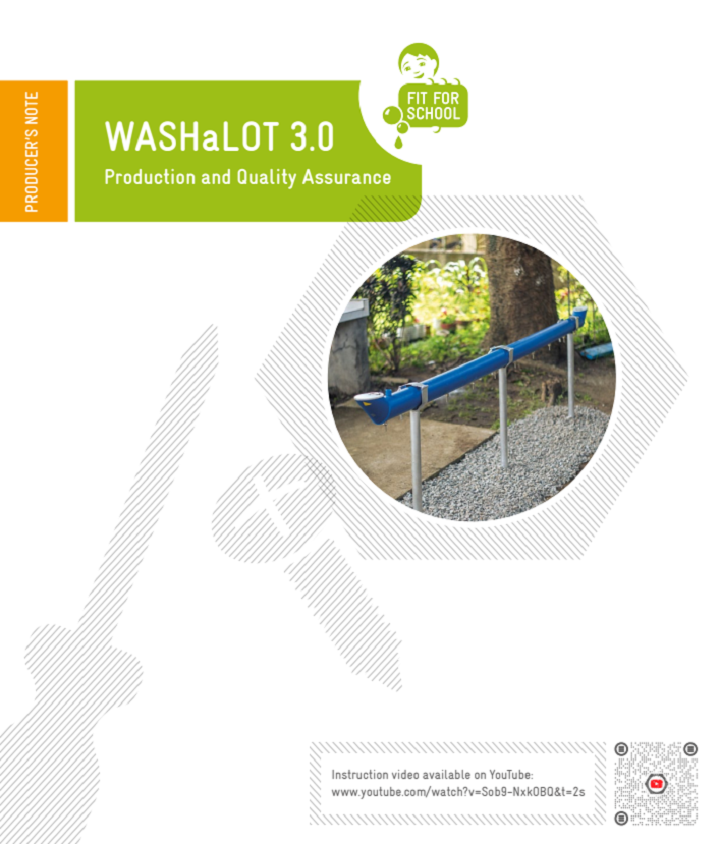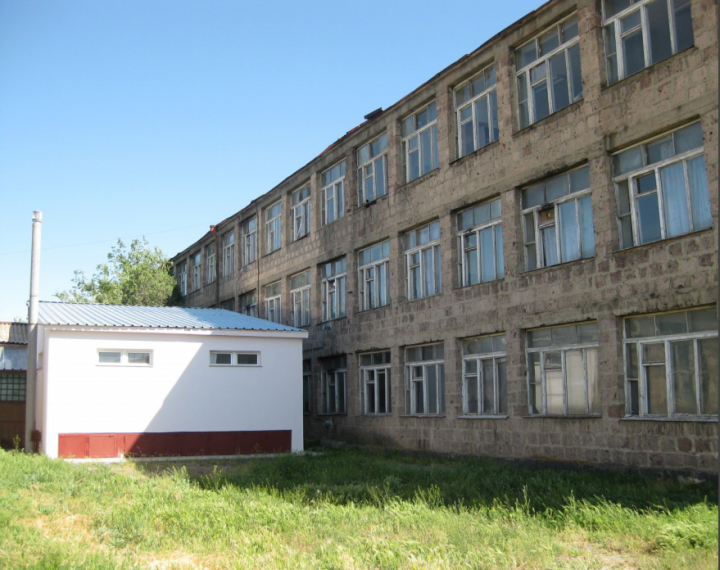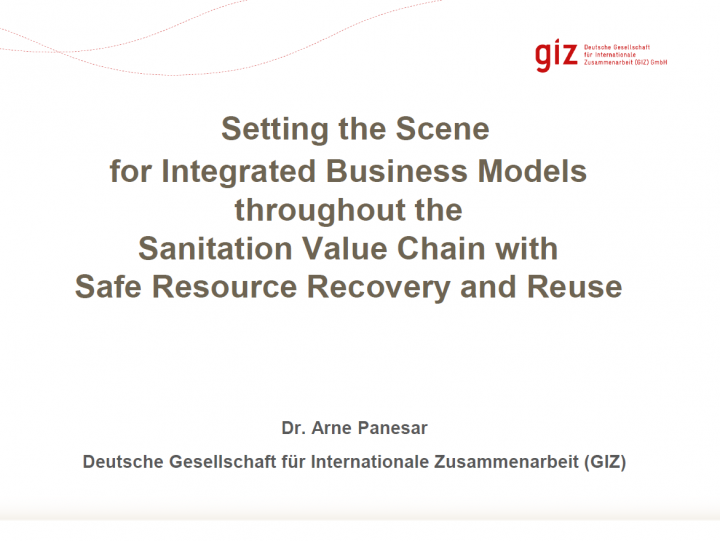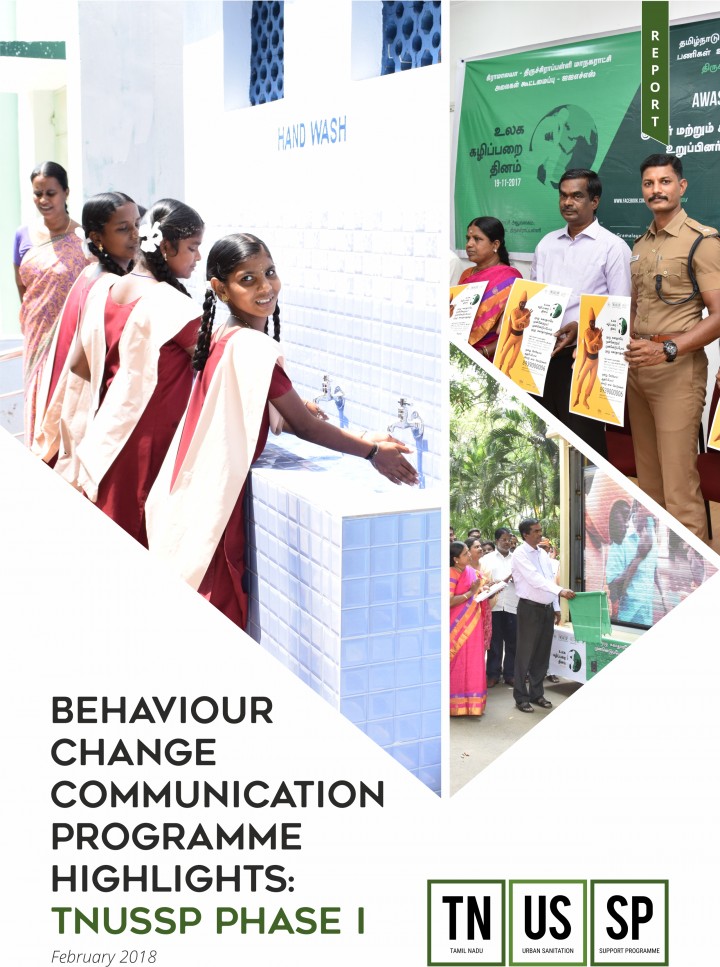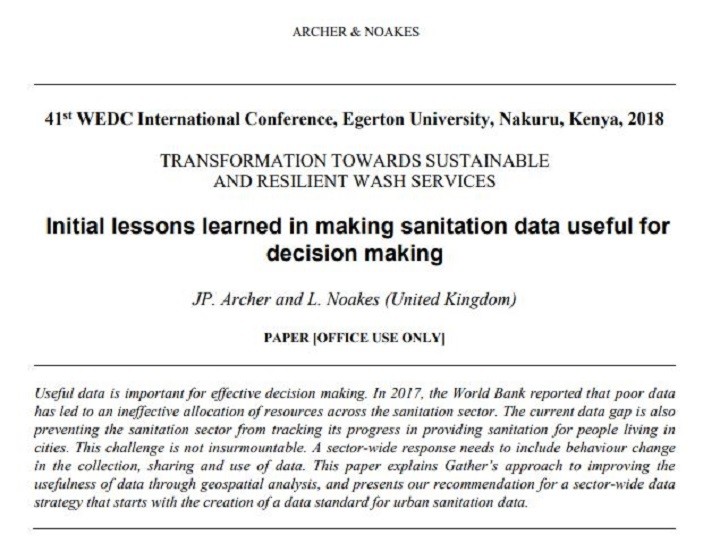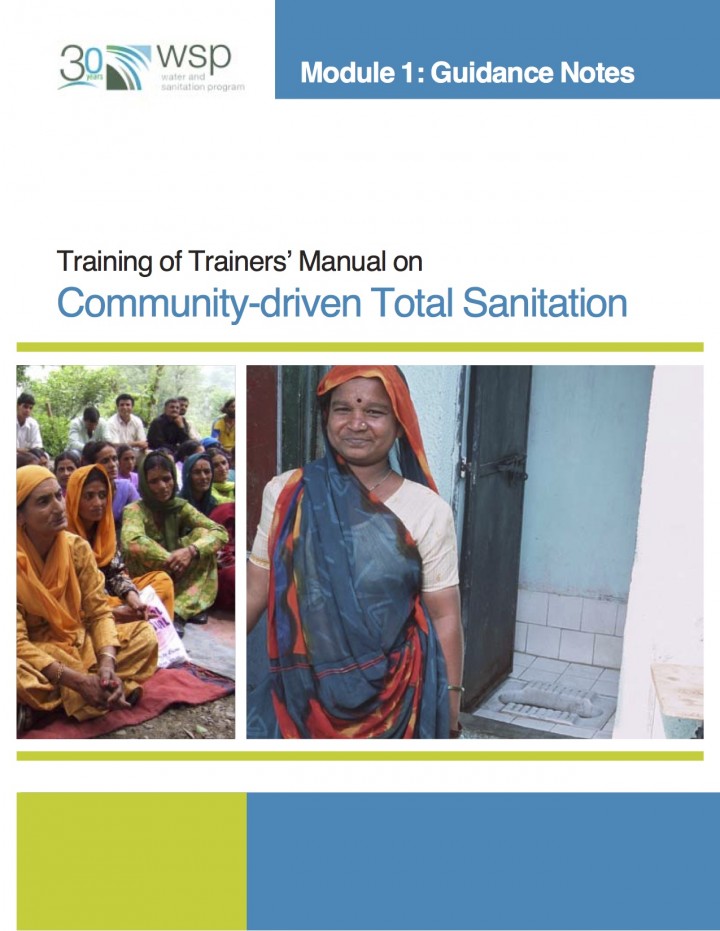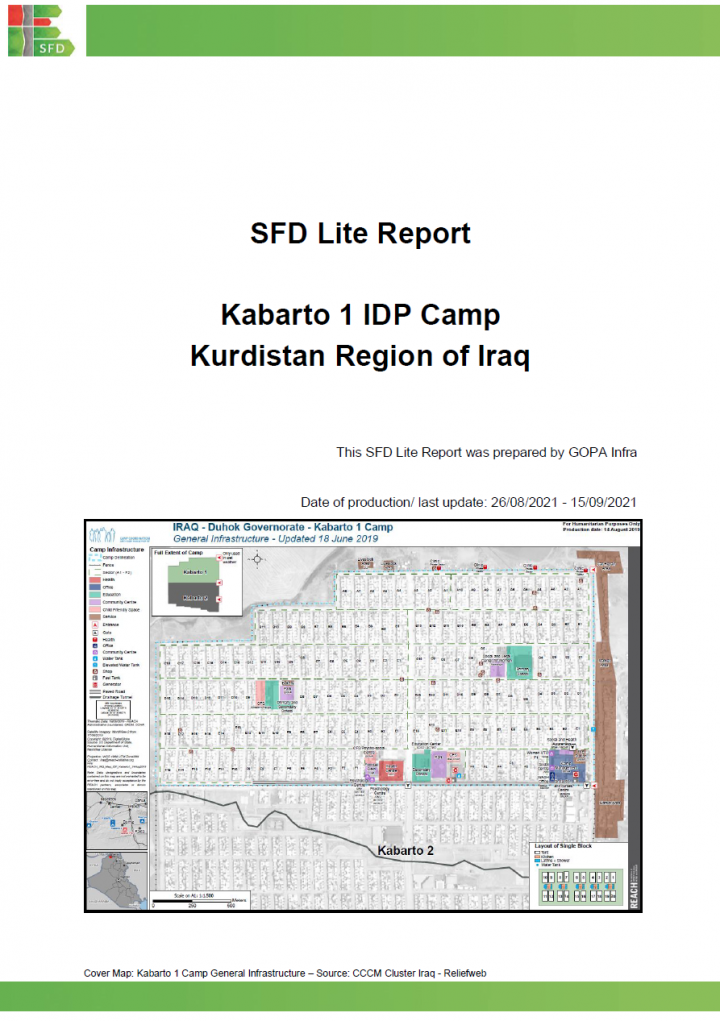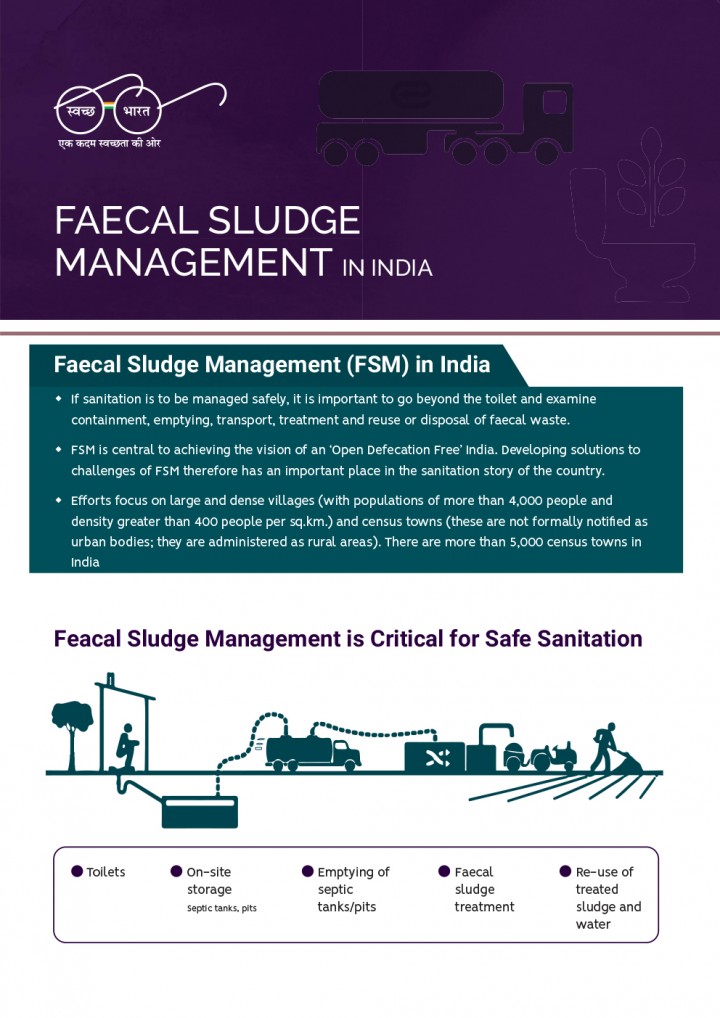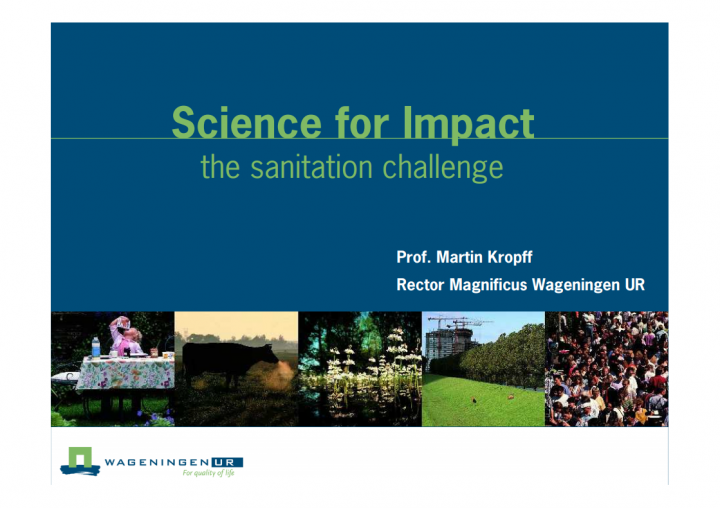Searching for information on Sanitation Workers?
The Sanitation Workers Knowledge + Learning Hub is the best source for all current news, trends, articles and updates on sanitation workers rights around the world.
By mid-century, the global urban population is projected to increase by 2.4 billion people with 60% of growth expected to take place in cites of sub-Saharan Africa (SSA) and South Asia (SA) (UN-DESA, 2015). These regions have some of the lowest rates of urban sanitation coverage and modern fuel access, with only 41% and 67% estimated to have access to improved sanitation and 19% and 55% estimated …
Bandipora city is the headquarters in Bandipora District. Bandipora District is one of the 22 districts of Jammu and Kashmir Union Territory. The District lies in Northern Kashmir with Baramulla District in South and Kargil District in East. It is the 14th largest District by population in Jammu and Kashmir.
Bandipora city is located at a distance of 47 km from Srinagar and at a distance of …
On 29th November, 2017, the Section Water, Wastewater and Waste Management hosted a GIZ webinar on Access to Sanitation with following presentations:
Nina Odenwälder - Access to Water and Sanitation = HRBA + LNOB + SDG + JMP?
Dirk Schaefer - SDG Monitoring - Comparison of JMP's vs Kenya's reporting on urban water supply
The Training Needs Assessment of masons was conducted to identify the required training needs based on the current levels of education and training of masons, their current level of knowledge and practices in toilet construction, and the construction of on-site containment structures. The findings from the study provide an insight in to the knowledge and practice gaps of masons and help identify …
During COVID-19 in Fiji, UNICEF in conjunction with the Fiji Ministry of Health and Medical Services
(MoHMS) distributed WASH kits to a target population of those in home isolation. During any emergency
response, UNICEF has a core commitment to ensure accountability to affected population (AAP), and
feedback was sought from recipients on the kit’s suitability and acceptability. However, data …
Homna is a sub-district town of Comilla district in the division of Chittagong, Bangladesh. The town is situated beside the Titas River and well connected with road and water to the capital city Dhaka. It town was declared as Municipality in 2002.
According to the population census of 2011 by the Bangladesh Bureau of Statistics (BBS), the Municipality population was 29,173. The urban population …
Absolutely pure water is rarely, if ever, found in nature. The impurities occur in three progressively finer states - suspended, colloidal and dissolved matter. Different methods of treatment are required for their removal or
reduction to acceptable limits. Coagulation, Flocculation and Clarification, as well as Filtration are
interdependent stages of the solids separationphase of water …
This report documents the activities from the Learning Event held by SNV Netherlands Development
Organisation in Manila, Philippines, from 30 November to 3 December 2015, as part of the Knowledge
and Learning component of its Urban Sanitation & Hygiene for Health and Development programme.
The event was attended by 39 participants from eight countries, and focused on the …
Capacity building initiatives and programmes were conducted for a range of stakeholders – Government officers, engineers, masons and desludging operators. An assessment was undertaken to see the impact of these programmes on the stakeholders and if they have been able to apply new learnings in their work environment. This report presents the findings of the assessment.
Thakurgaon, a city of northern Bangladesh and the district headquarter of Thakurgaon district is situated in Rangpur Division, Bangladesh. It is the main business centre in this region. It is located 406.1 km away from the capital city Dhaka. It is beside the Tangan River and is well con-nected with road, water, and railways. It is one of the oldest towns in the sub-continent and was declared …
A number of WASH-specific models and frameworks exist, yet with some limitations. The IBM-WASH model aims to provide both a conceptual and practical tool for improving our understanding and evaluation of the multi-level multi-dimensional factors that influence water, sanitation, and hygiene practices in infrastructure-constrained settings. We outline future applications of our proposed model as …
“The most effective means of consistently ensuring the safety of a drinking-water supply is through the use of a comprehensive risk assessment and risk management approach that encompasses all steps in water supply from catchment to consumer. In these Guidelines, such approaches are called water safety plans (WSPs)”.
The words above open Chapter 4 of the Third Edition of the WHO Guidelines …
Globally, around 15 per cent of the population are living with some kind of disability. An estimated 13 per cent of people worldwide are over the age of 60. More than 46 per cent of those who are over the age of 60 have a disability. Humanitarian principles require that humanitarian assistance and protection are provided on the basis of need, without discrimination. No one should be excluded …
Access to adequate hand hygiene facilities (HHFs), including a reliable supply of water and soap, is
paramount to ensure that daily hand hygiene can be practiced in public places. With COVID-19, public
spaces have become an important location for the water, sanitation, and hygiene (WASH) sector to
engage in when it comes to key moments for hand hygiene. However, the nature of public places …
The current document presents the City Sanitation Plan for PNP. PNP is one of the cluster towns selected for implementing fecal sludge management in Tamil Nadu. This plan is curated from the sanitation situation analysis which included identifying major components of sanitation (water supply, storm water drainage and solid waste management), issues related to it, and possible solutions.
Access to functional and clean group washing facilities in schools allow for WASH activities for a larger number of children at various times throughout the day. Group washing facilities, which need to be water-saving, are designed to enable both group handwashing and individual handwashing. Based on this there is a demand for durable and scalable infrastructure which are long-lasting, low cost …
In rural areas of Eastern Europe, the Caucasus and Central Asia (EECCA) without reliable piped water supply, the conventional school sanitation system – the pit latrine – is leading to hygienic and environmental problems. Urine diverting dry toilets (UDDT) have been demonstrated to be an alternative, ecological sanitation solution for rural schools of the EECCA region. This study compares the …
The Integrated Business Models throughout the Sanitation Value Chain with Safe Resource Recovery and Reuse seminar combined the highlights of research on over 60 successful business cases and extracted business models for resource recovery and reuse in developing countries with a discussion on their applicability in a range of settings with practitioners and entrepreneurs. The Sanitation Safety …
BCC is a key component of the TNUSSP and seeks to address the issue of behaviour change through a range of approaches, of which communication campaigns and activities, targeted at appropriate segments, is an important part. This document broadly outlines the communication campaign and activities conducted at Tiruchirappalli, PNP and NNP.
Useful data is important for effective decision making. In 2017, the World Bank reported that poor data has led to an ineffective allocation of resources across the sanitation sector. The current data gap is also preventing the sanitation sector from tracking its progress in providing sanitation for people living in cities. This challenge is not insurmountable. A sector-wide response needs to …
Kabarto 1 IDP Camp is situated in the KRI and located in the Sumel District, which is part of the Duhok Governorate administration, and it lies approximately 13km southwest of Duhok.
The population figures are managed by the camp management on behalf of the Directorate of Migration and Crisis Response (DMCR) and, the population present at the time of the key informant interview with the camp …
The Sanitation Challenge Conference was deliberately aimed to create a dialogue between civil, process, agricultural and environmental engineers; urban planners, sociologists, economists, and political scientists who are involved in international sanitation research and implementation. It took place in Wageningen, the Netherlands from 19. to 21. May 2008.
Furthermore, this conference tried to …

